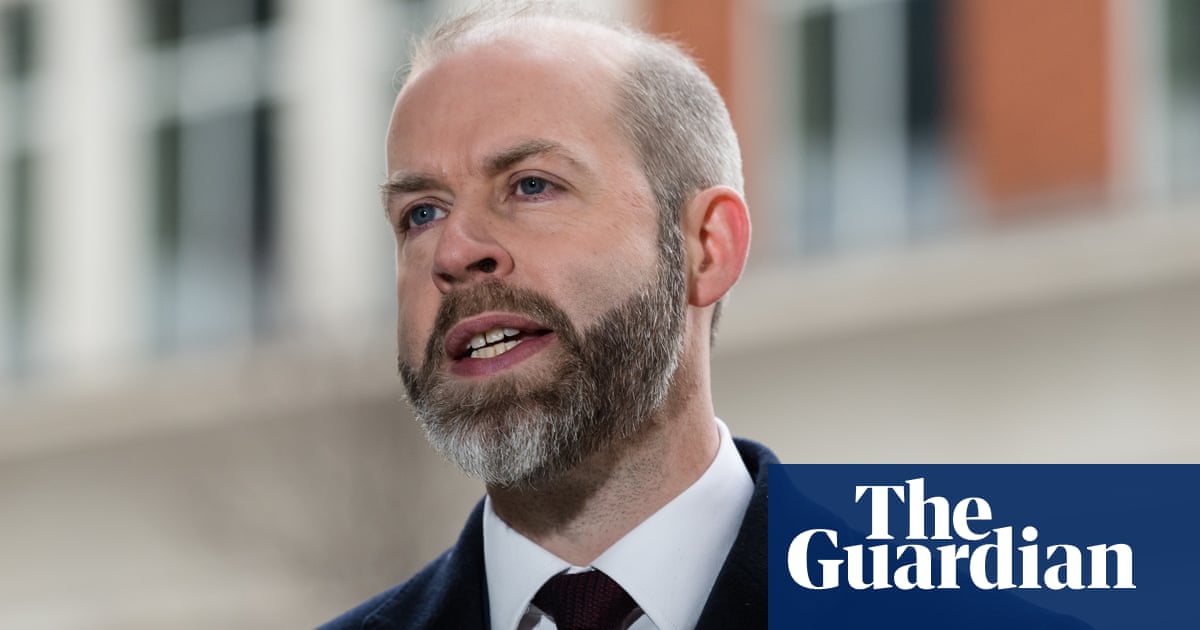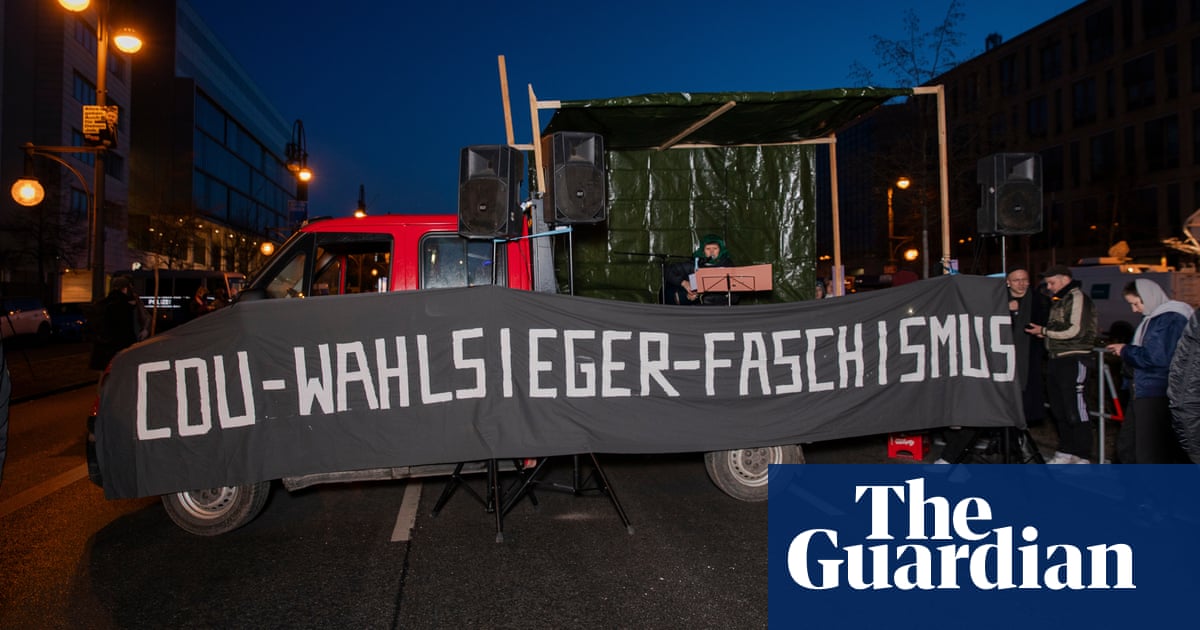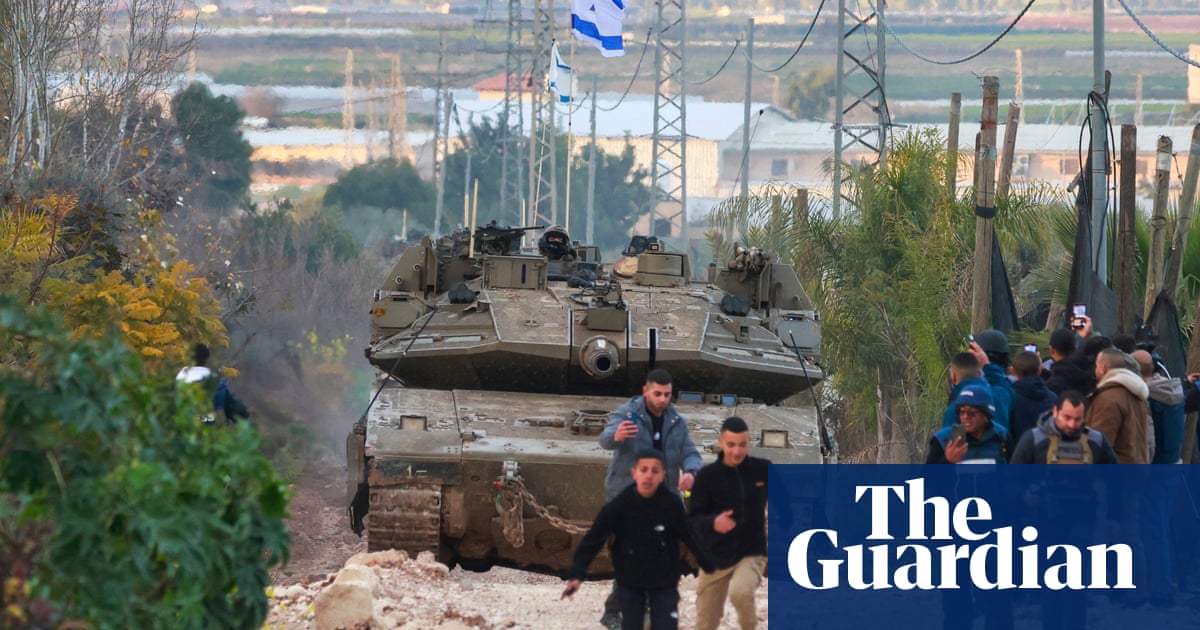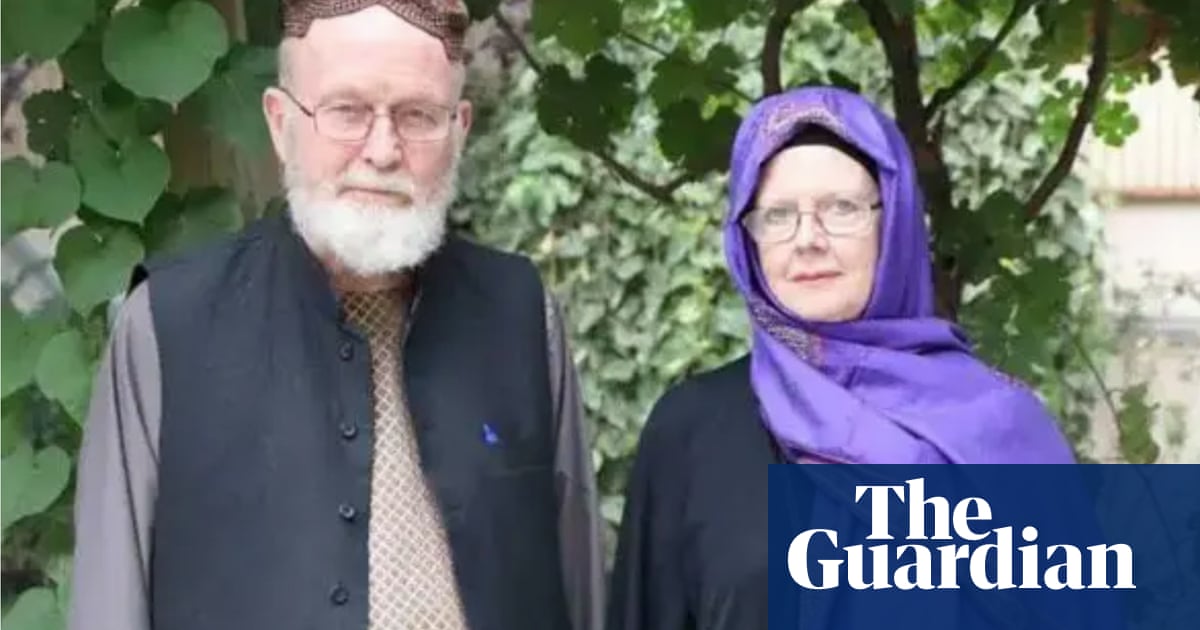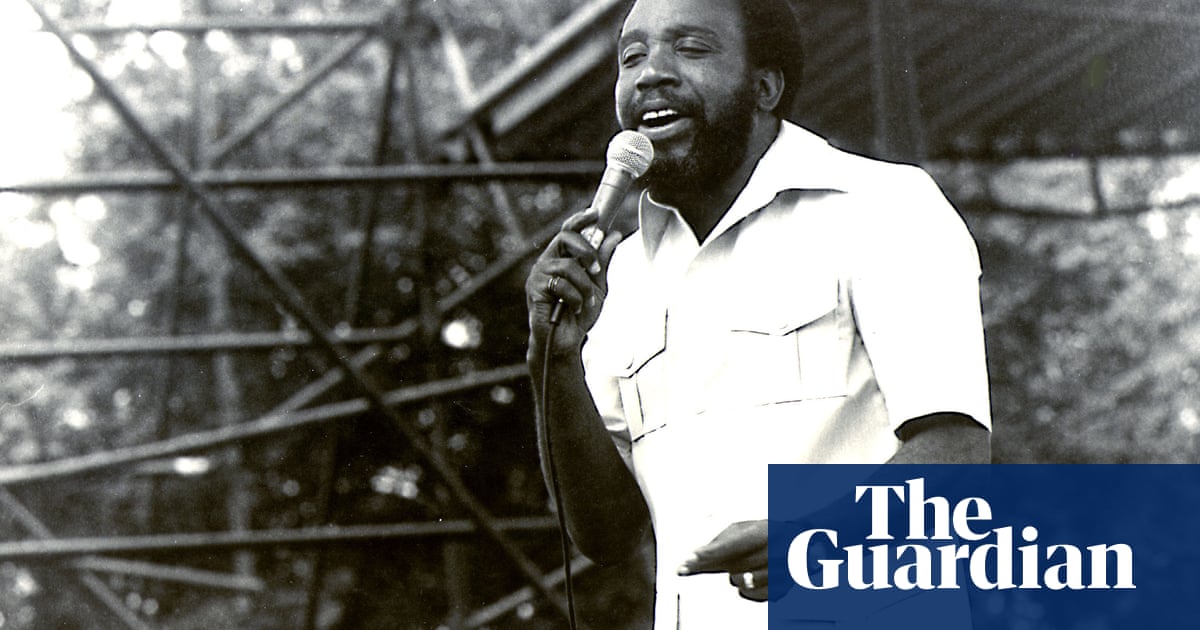The Israeli military will remain in Gaza for many years, fighting against fresh Hamas recruits in the territory and could be responsible for delivery of humanitarian aid there, a senior Israeli minister has said.
The comments by Avi Dichter, Israel’s minister for food security and a member of the Israeli security cabinet, confirm an emerging picture of a long-term deployment of Israeli troops inside Gaza, with no immediate Israeli plan for any other administration to govern the territory’s 2.3 million people and begin reconstruction there.
“I think that we are going to stay in Gaza for a long time. I think most people understand that [Israel] will be years in some kind of West Bank situation where you go in and out and maybe you remain along Netzarim [corridor],” Dichter said.
Reservists who recently served in Gaza have described to the Guardian the scale of the new military infrastructure built in the territory by Israel. This includes extensive new camps and roads across a swath of northern and central Gaza.
One recently demobilised officer said he had spent much of the previous 70 days demolishing houses to clear more ground for what had become a series of big military bases in Gaza’s Netzarim corridor, a military zone that has been established between the Mediterranean coast and Gaza’s eastern perimeter fence.
“That was the only mission. There was not a single construction left that was taller than my waist anywhere (in the corridor), except our bases and observation towers,” he said.
The eyewitness accounts confirm reporting by Israeli media of extensive construction by the Israeli Defense Forces (IDF) in the Netzarim corridor and elsewhere in Gaza.
So much explosive has been used to destroy buildings to the north and south of the Netzarim corridor that some units have run short, other demobilised reservists said.
“We are not again at the beginning … but we’re definitely not at the beginning of the end because we still have a lot of work to do,” Dichter said last Sunday in a press briefing in Jerusalem.
Israeli military strikes killed at least 21 Palestinians across the Gaza Strip on Thursday, medics said, as tanks pushed deeper into the north and south of the territory.
The escalation came a day after Israel and Iran-backed Hezbollah began a ceasefire in Lebanon, halting more than a year of hostilities and raising hopes among many Palestinians in Gaza for a similar deal with Hamas, which ruled the territory from 2007 until the current conflict.
Benjamin Netanyahu, Israel’s prime minister, has repeatedly said that Hamas must be completely destroyed and Israel must retain lasting control over parts of Gaza. Months of ceasefire talks have failed and negotiations for the return of about 100 hostages held by Hamas are now paused.
Israel’s campaign in Gaza has killed nearly 44,200 people and displaced nearly all the territory’s population at least once, Gaza officials say. Most victims are civilians. Vast swathes of the territory are in ruins.
The Hamas-led militants who attacked southern Israeli communities 13 months ago killed about 1,200 people, mostly civilians, and captured more than 250 hostages.
On Thursday, six people were killed in two separate airstrikes on a house and near the hospital of Kamal Adwan in Beit Lahiya in the northern Gaza Strip, while four others were killed when an Israeli strike hit a motorcycle in Khan Younis in the south, medics said.
In Nuseirat, one of Gaza’s eight historical refugee camps, Israeli planes carried out several airstrikes, destroying a multi-storey building and hitting roads outside mosques. At least 11 people were killed in those strikes, according to health officials at al-Awda hospital in the camp. The Israeli military said its forces were continuing to “strike terror targets as part of the operational activity in the Gaza Strip”.
Israel has been accused of clearing parts of Gaza as part of a deliberate plan to permanently displace residents, but denies the charge.
Dichter, a former chief of Israel’s Shin Bet internal security service, said Hamas still had some military capabilities because Israel had not “reached every single place in all Gaza”.
“We know that [Hamas] recruited more people … They have less capabilities but they have new people,” he said.
The ceasefire in the north leaves Hamas – its capabilities already severely damaged by Israel’s offensive – to fight alone.
Khalil Sayegh, a Palestinian analyst, said the ceasefire could make Hamas even less popular in Gaza by proving the failure of its gambit that its attack on Israel would rally other militant groups to the fight.
“It’s a moment where we can see the Hamas messaging become weaker and weaker, as they struggle to justify their strategy to the public,” he said.
Antony Blinken, the US secretary of state, said on Tuesday that the Israel-Hezbollah ceasefire could help force Hamas to the negotiating table, but Hamas experts said this was unlikely. Hamas has said it will only release hostages in return for a full Israeli withdrawal from Gaza.
It is still unclear how Israel plans to administer Gaza if it remains in the territory. Netanyahu has repeatedly rejected proposals that a reformed Palestinian Authority would take power, but has made no other detailed suggestions.
Dichter confirmed that Israel was considering hiring private contractors to guard aid convoys against looters in what could be a prototype move, and also suggested that the Israeli Defense Forces (IDF) may take on the role. Different solutions may work in different parts of Gaza, he said.
“Till now we haven’t found the answers but I believe that we should find a way … to make sure that enough food that is getting to every citizen in Gaza … and not allowing Hamas to be the unofficial governor,” Dichter said. “You don’t have to use the same system all around the Gaza, [but] Hamas will not run Gaza, so who is going to run, I don’t know to tell you now.”

 2 months ago
50
2 months ago
50
